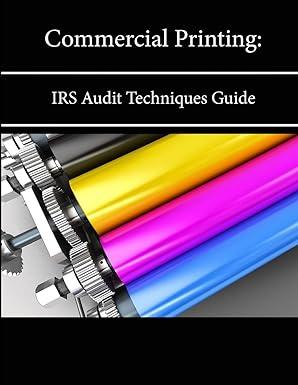Question
Junkers Stash started the Year 2 accounting period with the balances given in the financial statements model shown below. During Year 2, Junkers Stash experienced
Junkers Stash started the Year 2 accounting period with the balances given in the financial statements model shown below. During Year 2, Junkers Stash experienced the following business events: 1. Paid cash to purchase $80,000 of merchandise inventory. 2. The goods that were purchased in Event 1 were delivered FOB destination. Freight costs of $1,600 were paid in cash by the responsible party. 3a. Sold merchandise for $87,000 under terms 1/10, n/30. 3b. Recognized $46,900 of cost of goods sold. 4a. Junkers Stash customers returned merchandise that was sold for $2,300. 4b. The merchandise returned in Event 4a had cost Junkers Stash $1,350. 5. The merchandise in Event 3a was sold to customers FOB destination. Freight costs of $1,750 were paid in cash by the responsible party. 6a. The customers paid for the merchandise sold in Event 3a within the discount period. Recognized the sales discount. 6b. Collected the balance in the accounts receivable account. 7. Paid cash of $7,100 for selling and administrative expenses. 8. Sold the land for $9,600 cash. Required a. Record the above transactions in a financial statements model. The first event is recorded as an example. b. Determine the amount of net sales. c. Prepare a multistep income statement. Include common size percentages on the income statement. d. The return-on-sales ratio for Junkers Stash during the prior year was 12 percent. Based on the common size data in the income statement, did the expenses for Junkers Stash increase or decrease in Year 2?
Step by Step Solution
There are 3 Steps involved in it
Step: 1

Get Instant Access to Expert-Tailored Solutions
See step-by-step solutions with expert insights and AI powered tools for academic success
Step: 2

Step: 3

Ace Your Homework with AI
Get the answers you need in no time with our AI-driven, step-by-step assistance
Get Started


